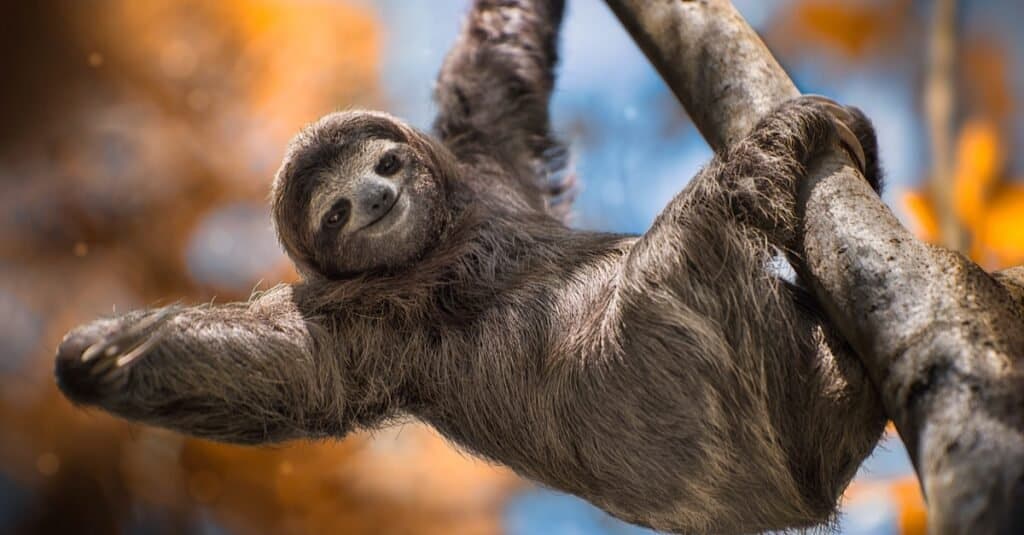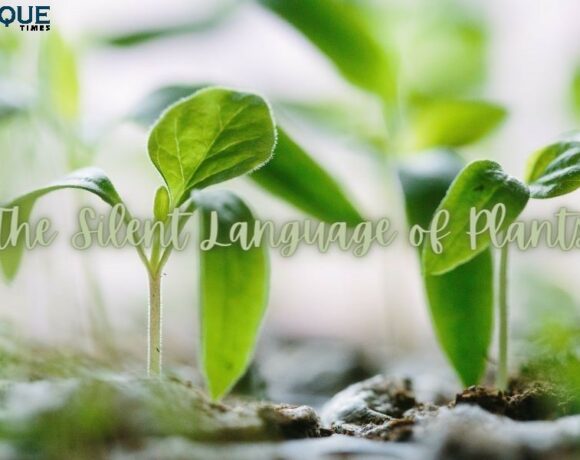10 Slowest Animals in the World: A Fascinating Look into Nature’s Sluggish Creatures

Nature is full of diverse and awe-inspiring creatures, each with its own unique characteristics. While some animals are known for their incredible speed and agility, others have adapted to a slower pace of life. In this blog post, we will delve into the fascinating world of the ten slowest animals on our planet. Get ready to discover the remarkable creatures that defy the notion of “fast and furious” and instead embrace a more leisurely lifestyle.
- Sloth: Topping our list is the beloved sloth. Renowned for their sluggish nature, these arboreal mammals spend most of their lives hanging upside down from trees. Sloths move at an incredibly slow pace, owing to their low metabolic rate, making them the epitome of lethargy.
- Three-Toed Sloth: Closely related to their distant cousins, the three-toed sloths are equally renowned for their unhurried movements. These arboreal creatures spend around 90% of their time resting and are well-adapted to their slow-paced lifestyle.
- Garden Snail: The garden snail is one of the slowest creatures on land. With its characteristic spiral shell, this gastropod mollusk moves at a leisurely pace, using its muscular foot and a layer of slime to glide along surfaces.
- Starfish: Starfish, also known as sea stars, may not seem like the typical slow animal, but their movement is incredibly gradual. These marine invertebrates have a unique way of locomotion, using tiny tube feet and hydraulic power to crawl along the ocean floor.
- Giant Tortoise: The giant tortoise, known for its impressive size and longevity, is another contender for the title of the world’s slowest animal. These gentle reptiles have adapted to a slow pace, ambling along with their heavy shells, making them a symbol of endurance.
- Koala: Native to Australia, the koala is a tree-dwelling marsupial famous for its relaxed demeanor. Koalas move slowly due to their diet of nutrient-poor eucalyptus leaves, which provide minimal energy. Their sedentary lifestyle perfectly matches their leafy diet.
- Loris: Lorises are small, nocturnal primates found in tropical regions. Their slow movement allows them to camouflage effectively in the dense foliage, making them masters of stealth. This characteristic slowness is an essential survival strategy for these elusive creatures.
- Manatee: Manatees, often referred to as “sea cows,” are large marine mammals known for their gentle and unhurried nature. These herbivorous creatures move at a languid pace, gracefully navigating through waterways with their paddle-like tails.
- Seahorse: While not known for their speed, seahorses possess a unique form of movement. These fish have a prehensile tail, which they use to anchor themselves to underwater objects, allowing them to stay in one place for extended periods. Their swimming speed is generally slow and deliberate.
- Galapagos Tortoise: Found on the Galapagos Islands, the Galapagos tortoise is the largest living tortoise species. These majestic creatures exhibit a leisurely pace due to their substantial size, heavy shells, and their ability to conserve energy in their harsh habitat.
Nature’s diversity knows no bounds, and the slowest animals on Earth exemplify the incredible range of adaptations found in the animal kingdom. From the languid sloths to the graceful manatees, each creature has its own unique reason for embracing a slower pace of life. Exploring the characteristics of these animals offers us a deeper appreciation for the vast array of strategies nature employs to thrive. So next time you encounter a slow-moving creature, take a moment to marvel at its fascinating adaptation to a relaxed and unhurried lifestyle.
Picture Courtesy: Google/images are subject to copyright








